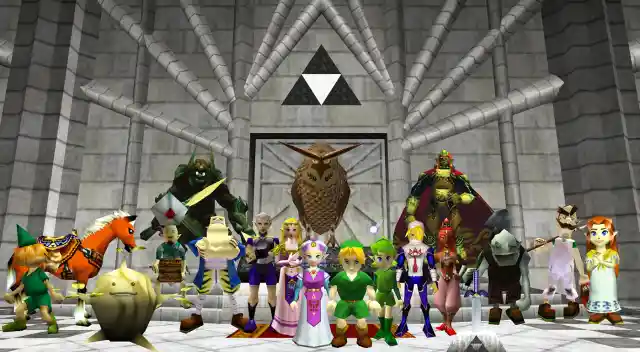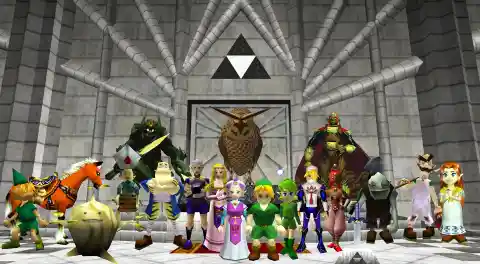When thinking of the most influential video games for those growing up in the 90s, selecting only 10 is difficult. Between 1995 and 2015, some of the most important and influential titles in the industry were released. I’m not talking about Super Mario, Final Fantasy, or Sim City. I’m talking about the NEXT generation – the video games that dominated our entire summer vacations and after school playtime. The adventures that we went on when we couldn’t get dates in high school and instead spent time in ancient dungeons and on distant planets. Narrowing down this list was no easy task, but here you have it: the 10 most influential video games since 1995.
Number Ten: Starcraft, 1998. Blizzard Entertainment is responsible for some of the most influential computer video games of all time. One of these was 1998’s space conquering strategy game Starcraft. With the success of Blizzard’s first two strategy games Warcraft: Orcs and Humans and Warcraft 2: Tides of Darkness, that same concept was launched hundreds of thousands of years into the future. The classic two playable races of Orcs and Humans were replaced with three new ones: the human-cyborg Terran, the hive-mind-controlled parasitic Zerg, and the technologically advanced, fanatically religious Protoss. In addition to the three new races, online play became a much bigger part of the gaming experience (thank you, AOL!). Starcraft became the new golden standard for real-time strategy games, spawning two expansion packs and a sequel that came out over a decade later to thunderous applause.
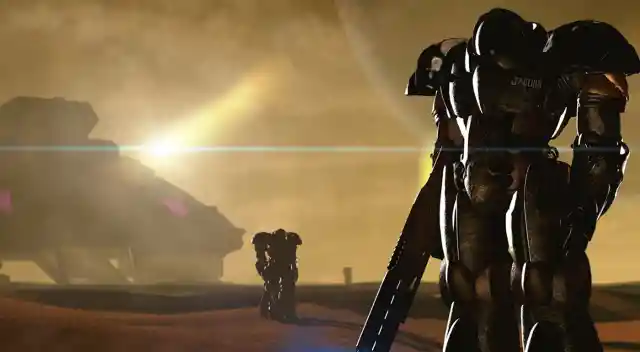

Number Nine: Goldeneye OO7, 1997. After Duke Nukem redefined first-person-shooter (FPS) games for PCs, Nintendo 64’s Goldeneye OO7 redefined FPS games for console systems. One of the most successful video games based on a movie ever, Goldeneye had one of the most challenging and repayable single player modes of any FPS I can recall. But it was not single player campaign that kept us playing over and over. Nintendo 64’s unique design allowed for four controller ports, and Goldeneye took full advantage and introduced arguably the most enjoyable multiplayer experience ever. In addition to the two player cooperative story mode, you and three other friends could play as any number of James Bond characters and spend hours on end killing each other in the safety of a digital playground. Unless you played as Odd-Job (you know who you are) it was a multiplayer shooter experience unparalleled by any other FPS, and it set the new bar for multiplayer shooters from that day forward.
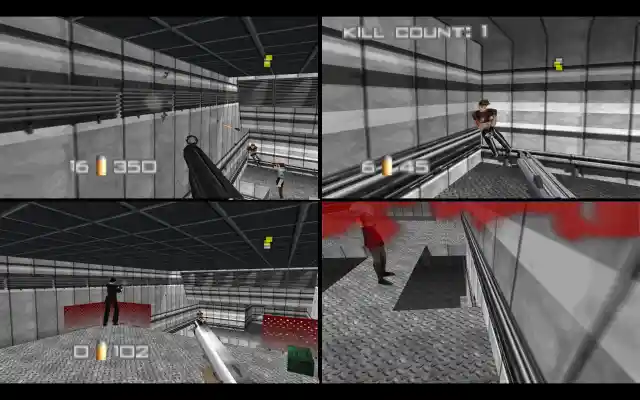
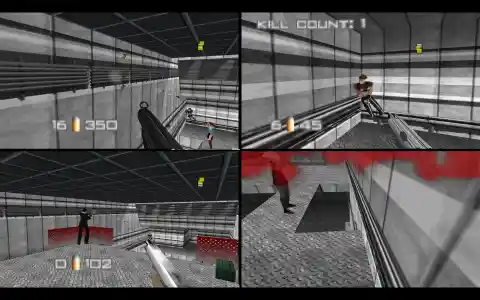
Number Eight: Diablo, 1996. “Stay awhile and listen…” the infamous four words that began one of the first and greatest online multiplayer role-playing games (RPG) in video game history: Diablo. A team of up to four friends with a dial-up connection could traverse through the dusty corridors of The Church and down through endless catacombs into the depths of Hell itself. In an age when game software was still subject to blatant third party tampering, Diablo players soon discovered they could create their own immensely powerful weaponry, duplicate items and trade them with other not so tech savvy players…for a hefty gold fee. Being one of the first games to be modded (with or without the creators’ consent) was just one part of what made this game so important. It also taught those of us born after the days of Dungeons & Dragons and Gauntlet what it meant to play as a team, unified towards one goal… and how to betray our dearest friends and loot their corpses for goodies.
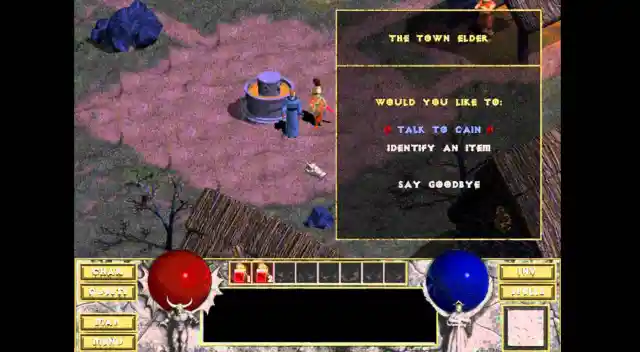
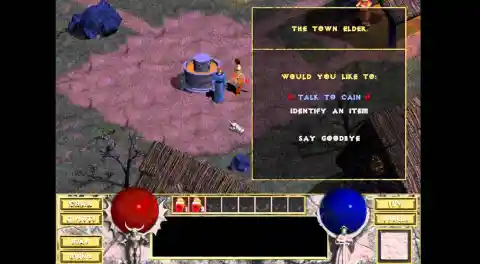
Number Seven: Star Fox 64, 1997. All the flight simulators in the world cannot hold a candle to the amazing gameplay experience that was Star Fox 64. Nearly every game since then that allows you to fly a ship follows the same basic controls of this legendary video game. Whether it’s Ace Combat, Star Wars: Rogue Squadron, or flying planes in Grand Theft Auto, in the back of my mind I can still hear Peppy Hare explaining how to do a barrel roll. A game complete with secret levels and multiple endings, Star Fox 64 encouraged players to keep playing over and over and over. I will never forget the feeling of accomplishment that came with drawing out Star Wolf on Fortuna or finding the out that the REAL big bad wasn’t Andross at all, but his giant floating brain and eyeballs.
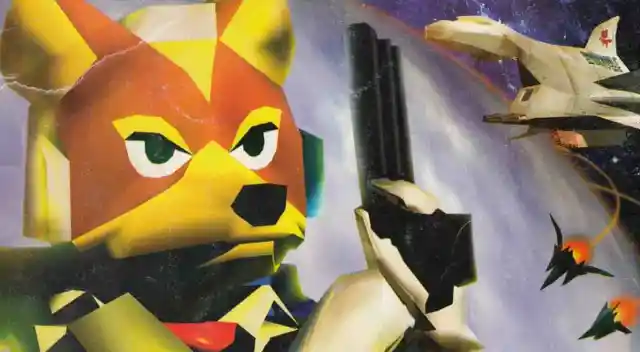
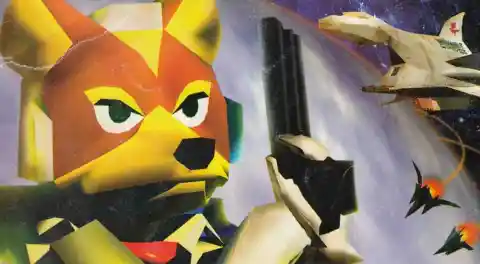
Number Six: Resident Evil 4, 2005. Out of all the Resident Evil titles, none was more influential or highly praised than Resident Evil 4 for the Nintendo Gamecube. Introducing gamers to the third person shooter, the revolutionary over-the-shoulder camera angle not only fixed the biggest issue with RE fans (the fixed camera angles), but it also influenced later games like Gears of War and The Last of Us. Additionally, it introduced the dual-character gameplay with the ability for the main character, Leon, to command secondary character Ashley Graham to help complete puzzles, which only added to the terror of making it through a creepy Spanish castle. The third-person view became the new model for every subsequent Resident Evil title that followed and was genuinely a lot more fun to play.
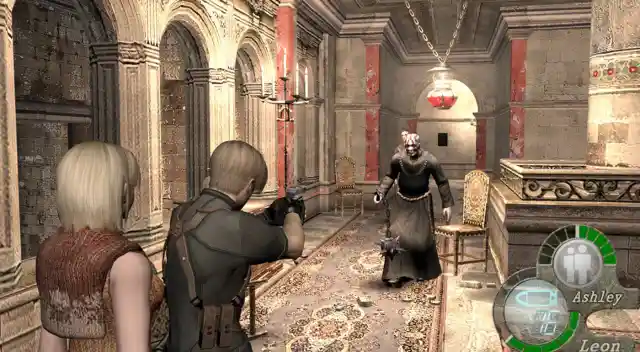
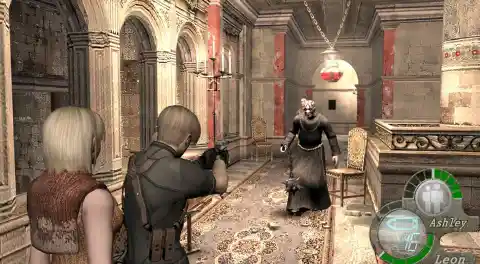
Number Five: Star Wars: Battlefront II, 2005. Star Wars has a long and spotty history with video games. Having a title on almost every single console to be released since Atari, Star Wars has had both radical successes and tragic failures. There were a lot of titles to choose from, but I chose Star Wars: Battlefront II for two reasons. Firstly, I must acknowledge the Star Wars: Rogue Squadron franchise and what it did to advance flight simulation games. However, because the Battlefront sequel included all the ship battles of Rogue Squadron but with the ground force action of the first Battlefront, I decided that Star Wars: Battlefront II deserved to represent Star Wars on my list. This game gave us everything we ever wanted from a Star Wars game: the ability to play as any of the four armies (rebels, imperial, clone, and droid), to fight as an infantryman and get a glimpse of the Star Wars universe’s greatest battles from the perspective of a grunt, and one more mode where you can control any number of heroes or villains like Boba Fett or General Grievous and tear through the enemy forces like a lightsaber through butter. With the upcoming PS4 reboot of the series, it’s clear that people cannot get enough of teaming up or fighting against friends as their favorite Sith lords and Jedi masters.
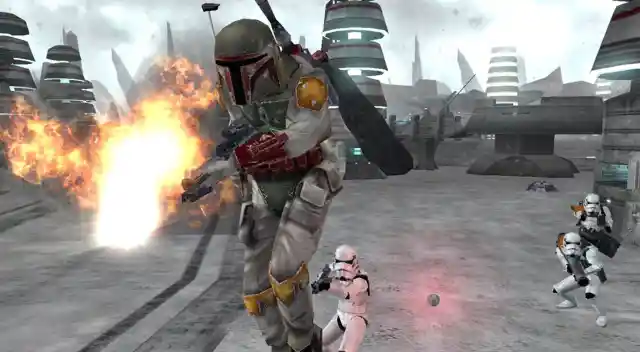
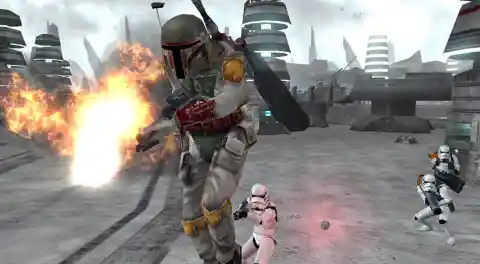
Number Four: Super Smash Bros., 1999. There are a million reasons why Super Smash Bros. for the Nintendo 64 is one of the greatest games of all time and one of the most influential of the last 20 years. The one thing that sticks out in my mind is that it finally gave fans the ultimate answer to the age old question: which character would win in a fight? Up to four players at once could live out those battles and countless more all across the Nintendo universe. Finally, we could play as Bowser and pound Mario into the ground in Donkey Kong’s jungle, or we could slash attacking Pokémon in Saffron City as Link…or you could do what I did, and float above the arena as Kirby and dive bomb your foes as a stone. Super Smash Bros. won our hearts (and cash) for years and has continued to leave us on our toes wondering who the ultimate video game victor is. But I know: it’s Kirby. Kirby always wins.
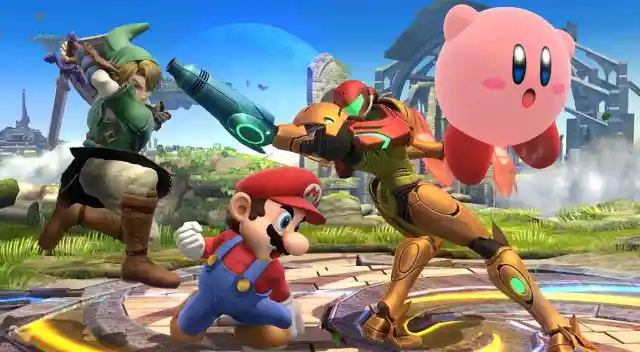
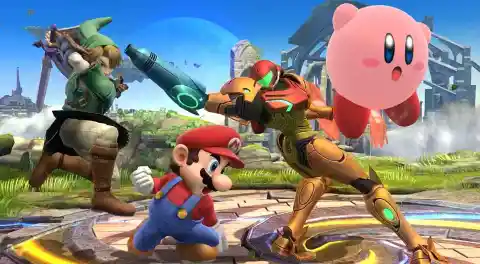
Number Three: Crash Bandicoot, 1996. In 1995, I remember asking my parents for a Nintendo 64 for Christmas. However, N64 was famously delayed, and so my parents bought me a Playstation, a new console system that came out that September that came with a so-called “demo-disc.” On that disc were playable demos of three games, one of which starred a goofy orange creature called Crash Bandicoot made by some developer called Naughty Dog. I was immediately smitten with the rambunctious marsupial’s box-breaking antics and became a life long fan. Crash became Sony’s very own mascot, and soon there were sequels after sequels, and even his very own go kart racing franchise. I’ll always have love for the original trilogy of games, and I’ll continue to replay them until Naughty Dog gets their orange butts in gear and makes an HD update.
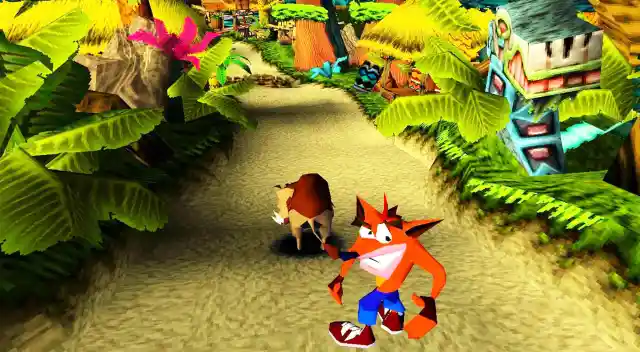
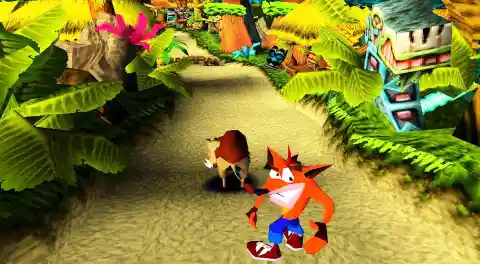
Number Two: The Legend of Zelda: Ocarina of Time, 1998. This game has been re-released so many times it needs no introduction. It’s hard to put into words the impact Ocarina of Time had on the gaming world. From Batman: Arkham Asylum to World of Warcraft, so many games were influenced by this pillar in gaming history. Acquiring weapons and items that open secret areas in earlier levels lent to incredible replay value. The new free-roaming gameplay allowed players to choose which quests they wanted to embark on and when, giving the player a brand new sense of freedom never before experienced in a video game. Whether you spent hours in the fishing hole trying to catch the big one or just riding across the plains of Hyrule on your trusty steed Epona, The Legend of Zelda: Ocarina of Time is one of the greatest video games of all time and still is one of the most popular.
